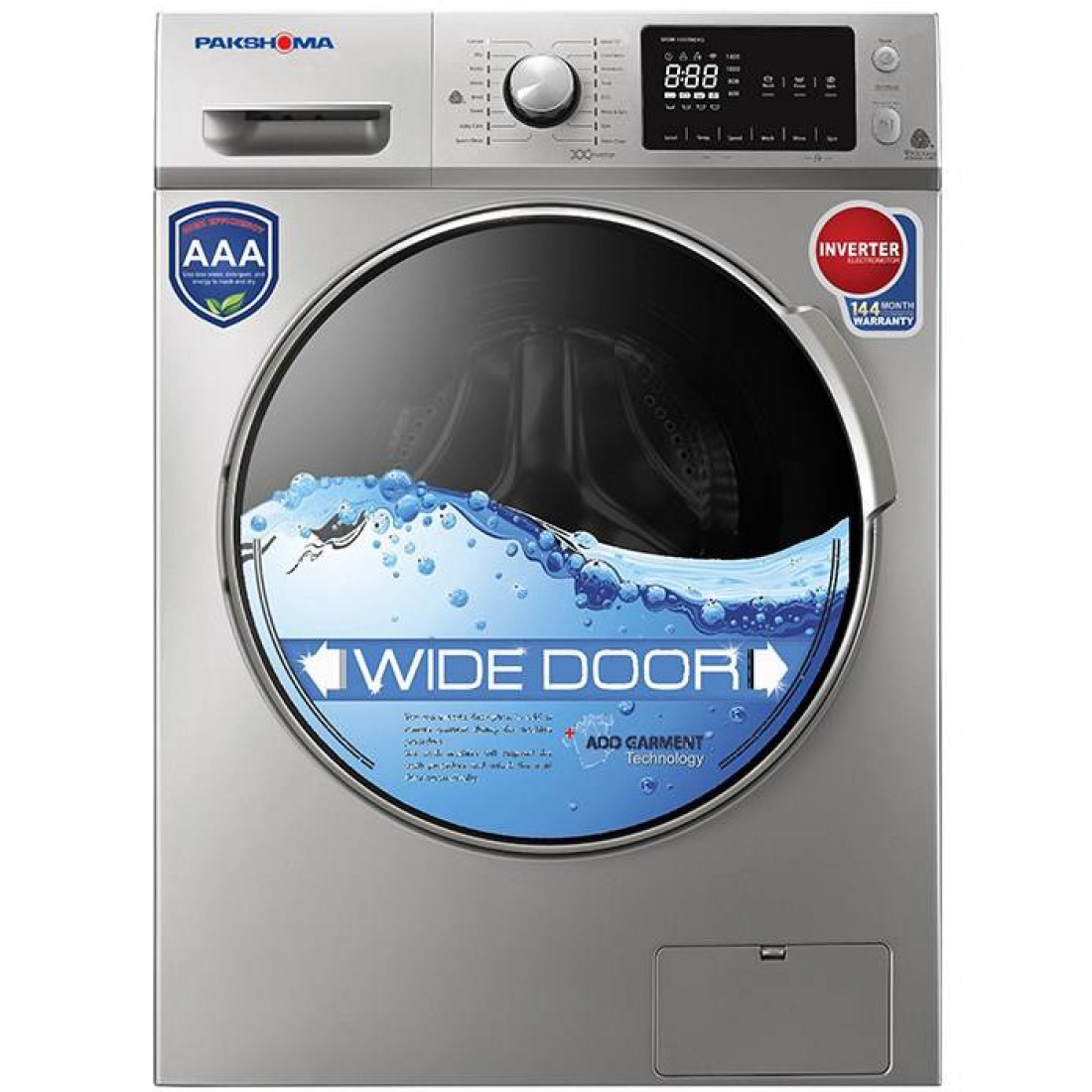An emulsion is a mixture of two or more liquids that are normally unmixable. Emulsions are part of a more general class of two-phase systems of matter called colloids. Although the terms colloid and emulsion are sometimes used interchangeably, emulsion should be used when both phases, dispersed and continuous, are liquids. In an emulsion, one liquid (the dispersed phase) is dispersed in the other (the continuous phase). The boundary between the two phases called the "interface". Emulsions tend to have a cloudy appearance because the many phase interfaces scatter light as it passes through the emulsion. Two special classes of emulsions – microemulsions and nanoemulsions appear translucent. Nanoemulsions are emulsions with droplet size on the order of 100 nm. A typical nanoemulsion contains oil, water and an emulsifier. The addition of an emulsifier is critical for the creation of small sized droplets as it decreases the interfacial tension between the oil and water phases of the emulsion.





